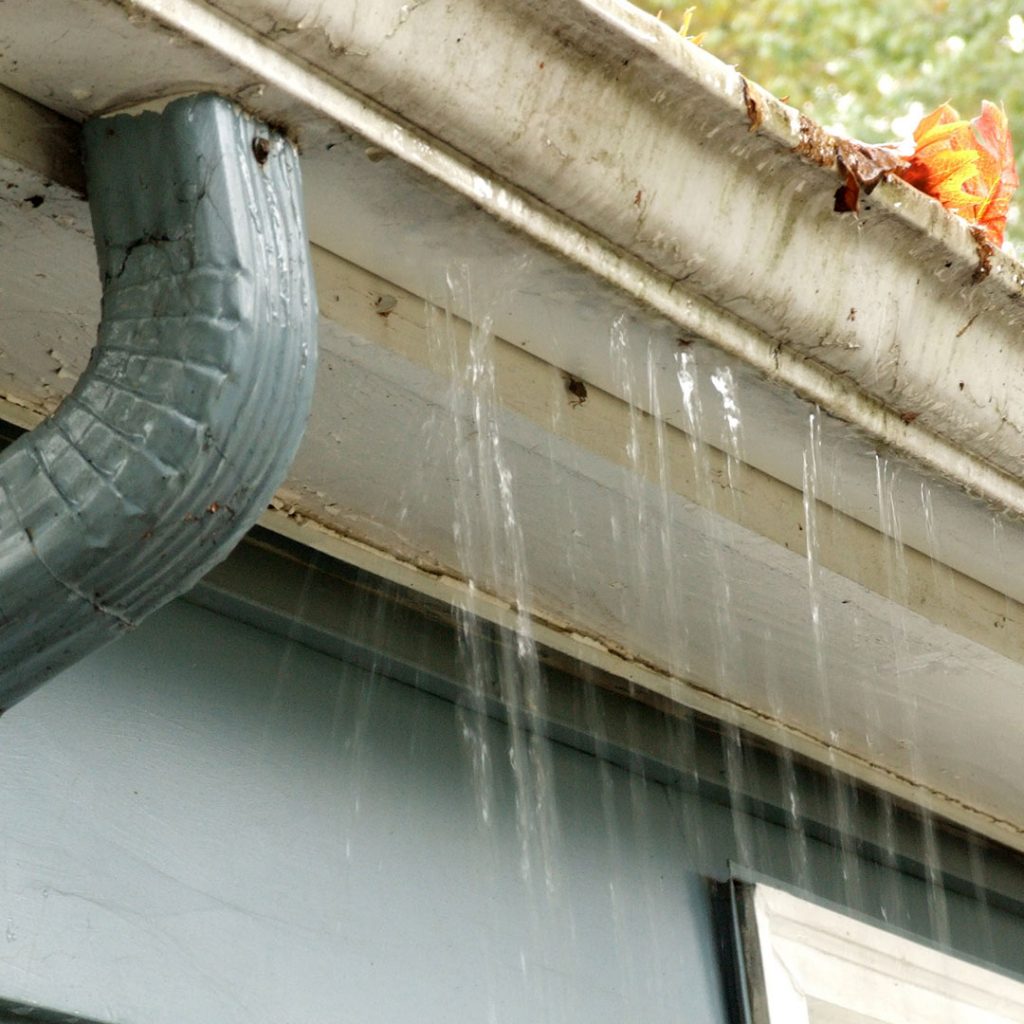What are the Signs of a Leaking Roof
A leaking roof is a serious problem that can lead to extensive damage to your home if left unaddressed. But how can you tell if your roof is leaking? There are a few telltale signs that indicate a roof leak. If you notice any of these, it’s important to call a professional roofer right away to assess the situation and make repairs. Here are some signs of a leaking roof.
In this blog post, we will explore the different signs of a leaking roof so that you can be on the lookout for them in your own home. From water stains to mold growth, read on to learn more about what to look for.

The Different Types of Roofs
There are many different types of roofs, and each has its own set of signs that indicate a leak. Here are some of the most common types of roofs and their corresponding leak signs:
Asphalt shingles: One of the most common roofing materials, asphalt shingles are also one of the most prone to leaks. Look for soft spots or bald patches on your shingles, as well as granules from the shingles themselves in your gutters or on the ground around your home.
Wooden shake: If you have a wooden shake roof, be on the lookout for warping, curling, or cracks in the shakes. These can all be indications that water is seeping in.
Title: Another very popular roofing material, tile is relatively resistant to leaks. However, if you do spot any cracked or broken tiles, it’s important to have them fixed as soon as possible to prevent water damage.
Metal: Metal roofs are becoming increasingly popular due to their durability and low maintenance requirements. However, they can still develop leaks over time. Look for rust spots or holes in your metal roof; these are sure signs that water is getting in.
Slate: A slate roof is one of the most durable and long-lasting options available, but it’s not immune to leaks. If you see any cracked or missing slate tiles, have them replaced immediately to avoid further damage.
What to Do Once You've Found a Leak
Once you’ve found a leak in your roof, there are a few things you can do to mitigate the damage and prevent further leaks. First, if the leak is small and isolated, you can try to patch it with a sealant or repair tape. Make sure to clean the area around the leak first so that the patch will adhere properly.
If the leak is large or persistent, you’ll need to call a professional roofer to repair or replace the damaged shingles or panels. In either case, it’s important to keep an eye on the affected area and check for any new leaks periodically.
The Different Types of Roof Leaks
There are three primary types of roof leaks: surface leaks, flashing leaks, and leaks at the roof’s edge.
- Surface Leaks
Surface leaks are the most common type of roof leak. They occur when water seeps through cracks or blisters in the roof’s surface. Surface leaks are often caused by severe weather, such as hail or wind storms. They can also be caused by faulty shingles or tiles.
- Flashing Leaks
Flashing is the metal strip that surrounded your chimney or vent pipes. Over time, flashing can become loose or corroded, which can lead to a leak. Flashing leaks are often difficult to detect because they may not show up until the damage is severe.
- Edge Leaks
Leaks at the edge of the roof are usually caused by faulty gutters or downspouts. When gutters become clogged with debris, they can cause water to back up and spill over the edge of the roof. This can lead to serious water damage and even mold growth if left unchecked.
How to Tell if You Have a Leaking Roof
If your roof is leaking, it’s important to act fast to avoid any further damage to your home. But how can you tell if you have a leaking roof? There are a few telltale signs:
-Water stains on your ceiling: This is the most obvious sign of a leaking roof. If you notice water stains on your ceiling, it means that water is somehow getting through your roof and onto your ceiling.
-Mold or mildew: If you notice mold or mildew growing on any surfaces in your home, it could be a sign of a leaky roof. Mold and mildew need moisture to grow, so if they’re present, it means there’s probably water somewhere nearby.
-Sagging ceilings: If your ceilings are sagging or drooping, it could be a sign that they’re absorbing water from a leaky roof.
-Musty smells: A musty smell in your home could also be indicative of mold or mildew growth, which as we mentioned before, is often caused by leaks.
What Causes Roof Leaks?
One of the most common causes of roof leaks is improper flashing. Flashing is the material used to seal the joints between different components of the roof, and it’s essential for keeping water out. If the flashing is installed improperly or becomes damaged, it can allow water to seep in, causing a leak.
Other causes of roof leaks include damaged shingles, holes or cracks in the roof and clogged gutters. Damaged shingles can be caused by severe weather conditions, such as high winds or hail storms. Holes or cracks in the roof can be caused by tree limbs falling on the roof or by general wear and tear over time. Clogged gutters can cause water to back up and spill over onto the roof, leading to leaks.
What Are the Signs of a Leaking Roof?
There are a few key signs that you have a leaking roof. If you see any of the following, it’s time to call a roofing contractor:
-Water stains on your ceiling: This is the most obvious sign that something is wrong with your roof. If you see brown or yellow water stains, it means that water is seeping through your roof and onto your ceiling.
-Sagging ceilings: If your ceiling is sagging or bulging, it’s a sign that there is too much water weight on it and it could collapse.
-Mold or mildew: Mold and mildew are both signs of moisture, so if you see either of them in your home, it means that there is likely a leak in your roof.
-Missing shingles: If you notice that shingles are missing from your roof, it’s a sign that they’ve been blown off by wind or damaged by hail. Either way, this leaves your roof vulnerable to leaks.
How to Prevent a Leaking Roof
There are a few things you can do to prevent your roof from leaking. First, make sure that your gutters and downspouts are clear of debris. This will allow water to flow freely away from your roof.
Secondly, have your roof inspected regularly by a professional to look for any potential problems. And finally, be sure to repair any damage to your roof as soon as possible to prevent further damage and leaks.
How to Repair a Leaking Roof
One of the most common signs of a leaking roof is water stains on your ceiling. If you notice water stains, it’s important to investigate the cause right away. Water stains can be caused by a variety of factors, but the most common cause is a leak in your roof. You must remove water stains immediately or contact a roofing contractor.
If you suspect that your roof is leaking, the first thing you should do is inspect your attic for any signs of water damage. If you find any water damage or a water leak it’s important to determine the source of the leak so you can repair it.
Once you’ve determined the source of the leak, you can begin to repair it. To repair a leaking roof, you’ll need to patch or seal the hole or crack that’s causing the leak. You can use a variety of materials to patch or seal a hole in your roof, including caulk, tar, and asphalt shingles.
It’s also important to make sure that your gutters and downspouts are clear and free of debris so they can properly drain water away from your home. If your gutters and downspouts are clogged, they can cause water to back up and pool on your roof, which can eventually lead to a leak.
Conclusion
A leaking roof is a serious problem that can cause significant damage to your home if left unaddressed. If you suspect that your roof is leaking, it’s important to inspect it as soon as possible and take action to repair any leaks. Some common signs of a leaking roof include water stains on ceilings water or exterior walls, peeling paint or wallpaper, mold growth, and musty odors. If you notice any of these problems in your home, don’t hesitate to call a professional roofing contractor for an inspection and repairs.



